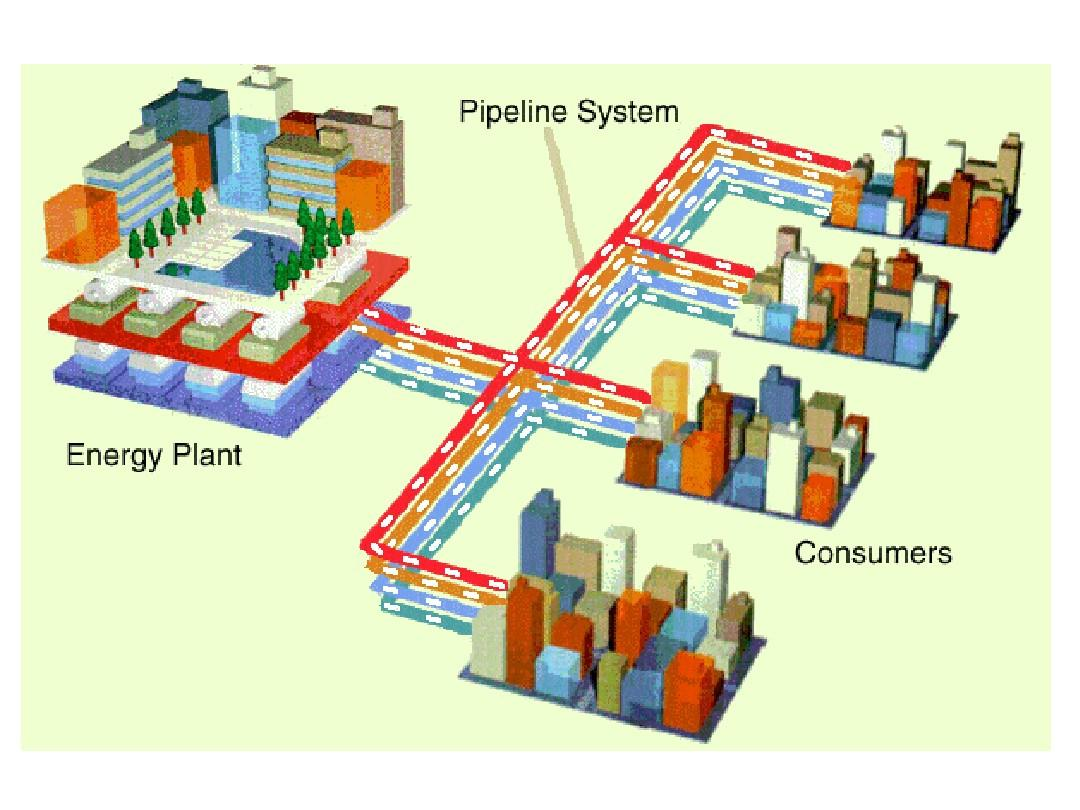
Th1 . 03, 2024 15:55 Trở lại danh sách
Hệ thống lưới điện thông minh
Experts are increasingly concerned about the vulnerability of the grid energy storage system, which can be disrupted by natural disasters or targeted physical or cyber-attacks. These interruptions not only inconvenience customers but can also cut people off from critical services that impact their health and well-being. In response to this challenge, new grid energy storage systems, such as microgrids, have emerged as a solution. Microgrids are localized grids that can operate autonomously, whether connected to the traditional grid or supporting remote and isolated communities. The Office of Electricity (OE) recognizes the importance of these advancements and supports critical grid energy storage system research to strengthen grid resilience, mitigate disturbances, and integrate renewable energy and distributed energy resources.
Lưới điện siêu nhỏ đóng một vai trò quan trọng trong việc tăng cường khả năng phục hồi lưới điện và giảm thiểu xáo trộn bằng cách vận hành tự chủ và cục bộ. Khi lưới điện chính ngừng hoạt động, lưới điện siêu nhỏ có thể tiếp tục hoạt động, cung cấp điện cho cơ sở hạ tầng quan trọng và các dịch vụ thiết yếu. Ngoài ra, lưới điện siêu nhỏ có thể hoạt động như một tài nguyên lưới, cho phép phản hồi và phục hồi hệ thống nhanh hơn. Những khả năng này làm cho lưới điện siêu nhỏ trở thành tài sản quý giá trong việc duy trì hệ thống lưu trữ năng lượng lưới đáng tin cậy và linh hoạt.
Another advantage of microgrids energy storage is their ability to adapt to the growing deployment of renewables, such as solar farms and electric vehicles. By using local sources of energy to serve local loads, microgrids reduce energy losses in transmission and distribution, thereby increasing the overall efficiency of the electric delivery system. This flexibility and efficiency contribute to the sustainable transformation of the grid, aligning with the goals of decarbonization and affordability.

The Office of Electricity aims to make energy storage microgrids an essential building block of the future electricity delivery system by 2035. This transformative goal aligns with the need for a resilient, decarbonized, and affordable energy storage infrastructure. To achieve this vision, the OE will focus on developing and validating tools, methods, and technologies in strategic research and development areas. These areas include reducing the time and cost needed for microgrid deployment, establishing microgrids as a building block for future grids, advancing microgrid control and protection, integrating models and tools for microgrid planning, and enabling regulatory and business models for broad microgrid deployment.
Một khía cạnh quan trọng của việc phát triển lưới điện siêu nhỏ là giảm thời gian và chi phí cần thiết cho việc triển khai. Bằng cách hợp lý hóa quy trình, lưới điện siêu nhỏ có thể được triển khai hiệu quả hơn, cho phép chuyển đổi nhanh hơn sang hệ thống lưu trữ năng lượng lưới linh hoạt hơn. Ngoài ra, việc thiết lập lưới điện siêu nhỏ như một thành phần cơ bản của lưới điện trong tương lai cho phép giám sát, kiểm soát và tối ưu hóa lưới điện quy mô lớn tốt hơn. Việc tích hợp các lưới điện siêu nhỏ này giúp cải thiện hiệu suất, khả năng phục hồi và độ tin cậy của hệ thống.
To adapt to changing grid conditions and protect the system and its customers, advanced microgrid control and protection techniques are crucial. By developing these capabilities, energy storage microgrids can respond effectively to grid disturbances and ensure the stability of the overall system. Integrating models and tools for microgrid planning, design, and operations is another area of focus. By combining new and existing capabilities, energy storage microgrids can meet performance metrics and requirements more efficiently, contributing to the overall success of the grid energy storage system.
Furthermore, simulating the impact and benefits of microgrids on transmission and distribution is vital for understanding their value. Co-simulation techniques can identify the advantages and opportunities energy storage microgrids offer, enabling informed decision-making and investment in this technology. Finally, enabling regulatory and business models for broad microgrid deployment is necessary to drive private sector, utility, community, and state investment in energy storage microgrid projects. Creating a favorable regulatory framework will incentivize the adoption and expansion of microgrids, fostering their widespread implementation.
To support its vision and accomplish its goals, the DOE Microgrid Program Strategy was initiated in December 2020. Through the development of strategic white papers, microgrid experts identified key areas of focus for impactful results in the next 5 to 10 years. These areas include reliability, resilience, decarbonization, and affordability. The Office of Electricity Microgrid R&D program is taking a comprehensive approach to improve grid reliability and resiliency, prepare communities for future weather events, and propel the nation toward a cleaner energy future. By investing in affordable and equitable microgrids, the OE is laying the foundation for a more sustainable and robust grid energy storage system.
Những sảm phẩm tương tự:
Bộ lưu trữ năng lượng điện hóa FlexPIus-EN-512
Sẽ bị xóa nếu vi phạm
Trang web tham khảo: https://www.energy.gov
-
Wireless DC Charging: The Next Frontier in Contactless EV Power Delivery
Tin tứcAug.04,2025
-
Hybrid BMS Energy Controls: Integrating Renewable Energy Sources
Tin tứcAug.04,2025
-
Blockchain for Secure and Decentralized EMS Power Systems
Tin tứcAug.04,2025
-
AI-Driven for Smart Grids: Energy Management System (EMS)
Tin tứcAug.04,2025
-
Advanced Distribution Management System (ADMS) Energy
Tin tứcAug.04,2025
-
5G-Enhanced BMS Energy Savings: Ultra-Low Latency Control
Tin tứcAug.04,2025























